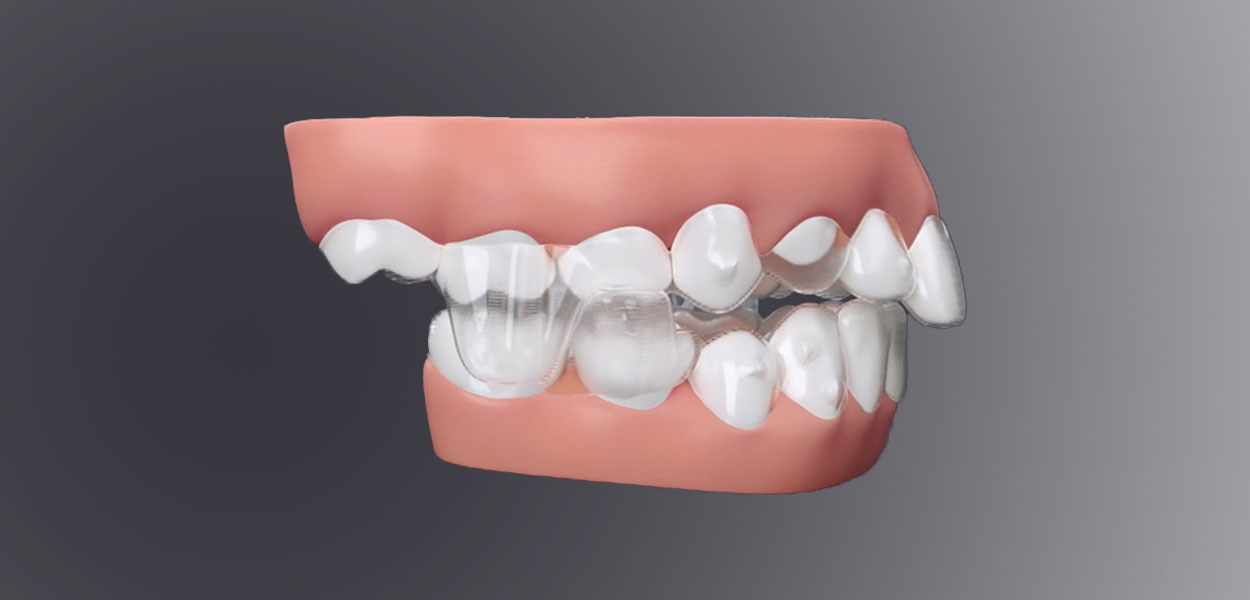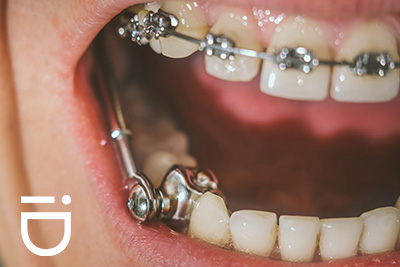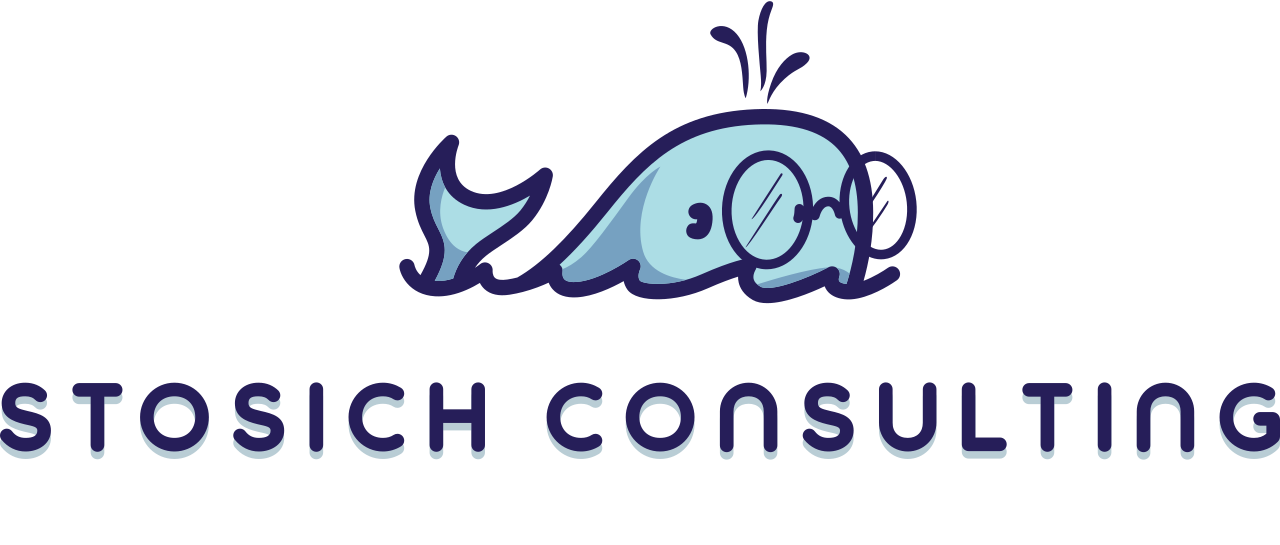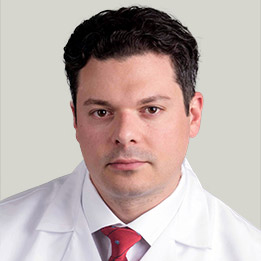What is Mandibular Advancement?

Kenilworth, IL – Overbites are one of the most common malocclusions affecting the population. In fact, it is estimated that as many as 45% of the population may have some degree of an overbite. Severe overbites may not only make a person self-conscious about their appearance, but can have a negative impact on their daily lives.
Severe overbites that are left untreated can cause a host of issues for patients, including:
- Jaw pain
- Headaches
- Pain or discomfort when chewing
- Sleep apnea
- Problems with speech
“To correct an overbite, we need to work to pull the jaw forward to improve the patient’s bite,” says Dr. Michael Stosich, a board certified orthodontist serving the Chicago area. “By advancing the jaw, we can create an improved profile and a harmonious bite.”
An important component of orthodontic treatment is the bite correcting phase. People often think of orthodontics simply as straightening teeth, but that is only part of what is accomplished. In order to create the most ideal smile for a patient, orthodontists also have to work to align the patient’s bite.
The age a patient is at treatment time, as well as his or her unique orthodontic issue, will determine which method is ideal for correcting the bite. There can be bite correcting appliances, braces, removable appliances, tooth removal or surgery.
For patients with overbites, correcting the bite is most commonly done through the use of tiny elastics. These elastics are attached to anchor points on the upper and lower braces, and work to pull the jaw forward. The elastics are needed because they provide the force that is necessary to hold the upper jaw in place, while also working to pull the lower jaw forward.
Invisalign Mandibular Advancement
Invisalign now offers mandibular advancement treatment. Instead of elastics, the aligners use what are called precision wings that interlock to hold the lower jaw in a forward position. This is a relatively new offering by Invisalign, and can be used in patients who have Class II malocclusions.
Herbst Appliance And Headgear
 The Herbst appliance is one of the most commonly used functional appliances in orthodontics today. It is a fixed appliance, meaning the patient cannot remove it, and it can offer very predictable results when used. The Herbst appliance uses a system of metal sleeves, bands and rods to pull the lower jaw into a more forward position. Headgear can also be used to hold back the upper jaw and pull forward the lower jaw.
The Herbst appliance is one of the most commonly used functional appliances in orthodontics today. It is a fixed appliance, meaning the patient cannot remove it, and it can offer very predictable results when used. The Herbst appliance uses a system of metal sleeves, bands and rods to pull the lower jaw into a more forward position. Headgear can also be used to hold back the upper jaw and pull forward the lower jaw.
Orthognathic Surgery
For older patients who no longer have the benefit of jaw growth, orthognathic surgery may also be necessary, along with traditional orthodontic treatment, to correct the jaw. Dr. Stosich is the Director of Orthodontics at the University of Chicago medical center and is the craniofacial orthodontist. He works in conjunction with other specialists to treat even the most complex orthognathic surgical procedures.
For these patients, treatment can be broken down into three phases. The first is preparing for surgery. Most often, this will involve braces to reposition the teeth prior to surgery. Then, once the teeth are aligned in a more ideal position, surgery will be performed. The upper and lower teeth will typically be bound together using dental elastics to stabilize the correction and encourage healing.
After surgery, you will follow up with both the surgeon and orthodontist to ensure proper healing and to ensure the ideal facial and dental relationship was achieved. Elastics will be worn continuously for at least the first two weeks after surgery, and then can be kept on for most of the day, removing for meals. The elastics will generally be removed about four weeks after surgery, and six weeks after surgery, the patient can follow up with the orthodontist for the final touches to treatment.
“When it comes to orthodontic treatment, there is no one size fits all treatment approach,” says Dr. Stosich. “I may be treating several patients who present with overbites at the same time, but each patient has to have a completely individualized treatment approach. I am committed to providing the most customized, advanced and efficient treatment for every patient I treat.”
Mandibular advancement treatment options will vary, depending on the patient. But, every patient who is treated by Dr. Stosich can rest easy knowing they are in the hands of a certified orthodontist who is adept at handling even the most severe orthodontic cases.


